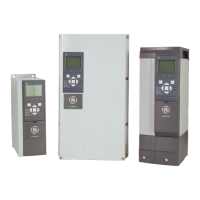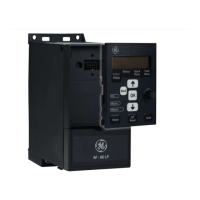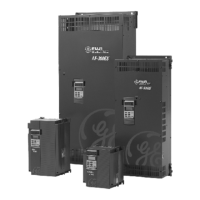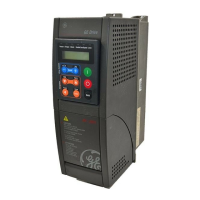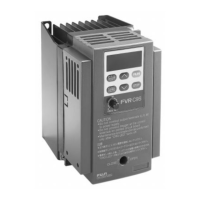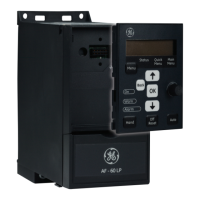GE
AF-650 GP & AF-600 FP
TM
High Power Service Manual
Unit Sizes 6x
Operating Instructions
The instructions do not purport to cover all details or variations in equipment nor to provide for every possible
contingency to be met in connection with installation, operation or maintenance. Should further information be
desired or should particular problems arise which are not covered suciently for the purchaser’s purposes, the
matter should be referred to the GE company.
AF-650 GP and AF-600 FP are trademarks of the General Electric Company.
GE
41 Woodford Avenue
Plainville, CT 06062
www.geelectrical.com/drives
130R0191
*MG91A102*
DET-712
AF-650 GP & AF-600 FP
TM
High Power Service Manual, Unit Sizes 6x DET-712
